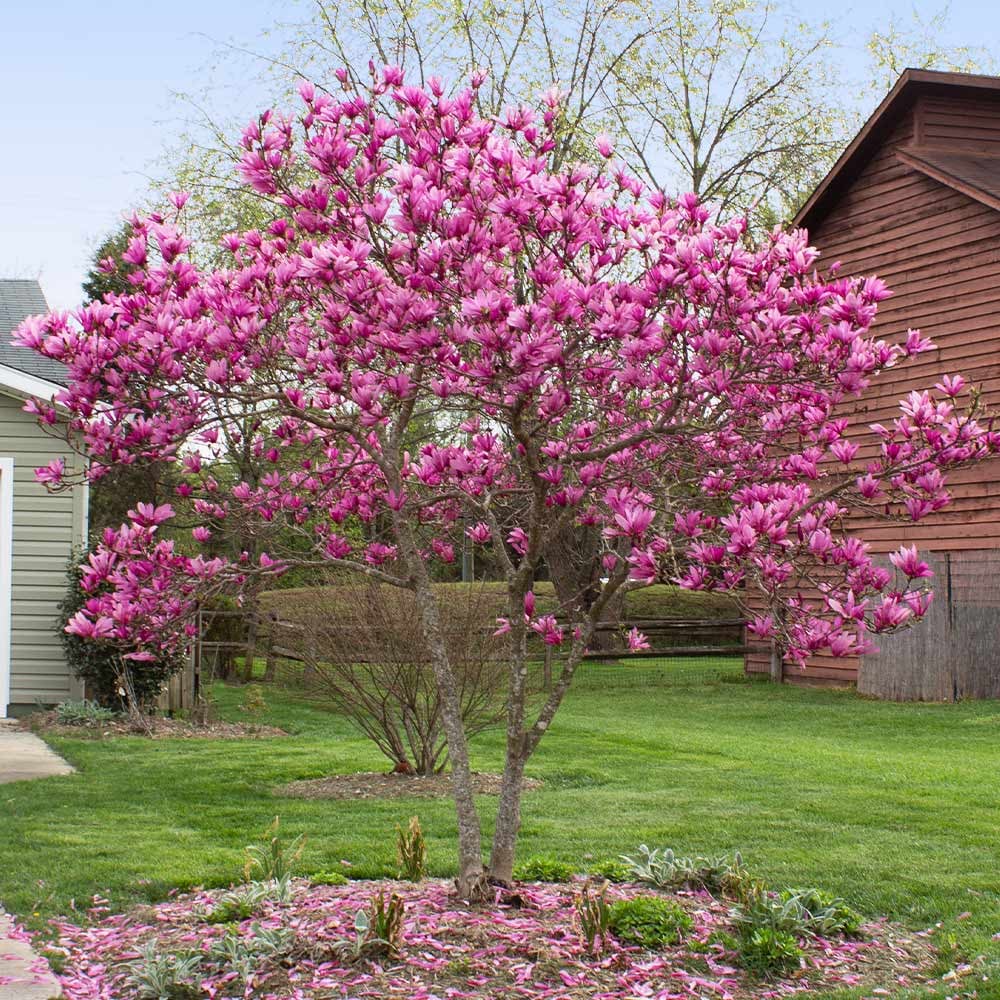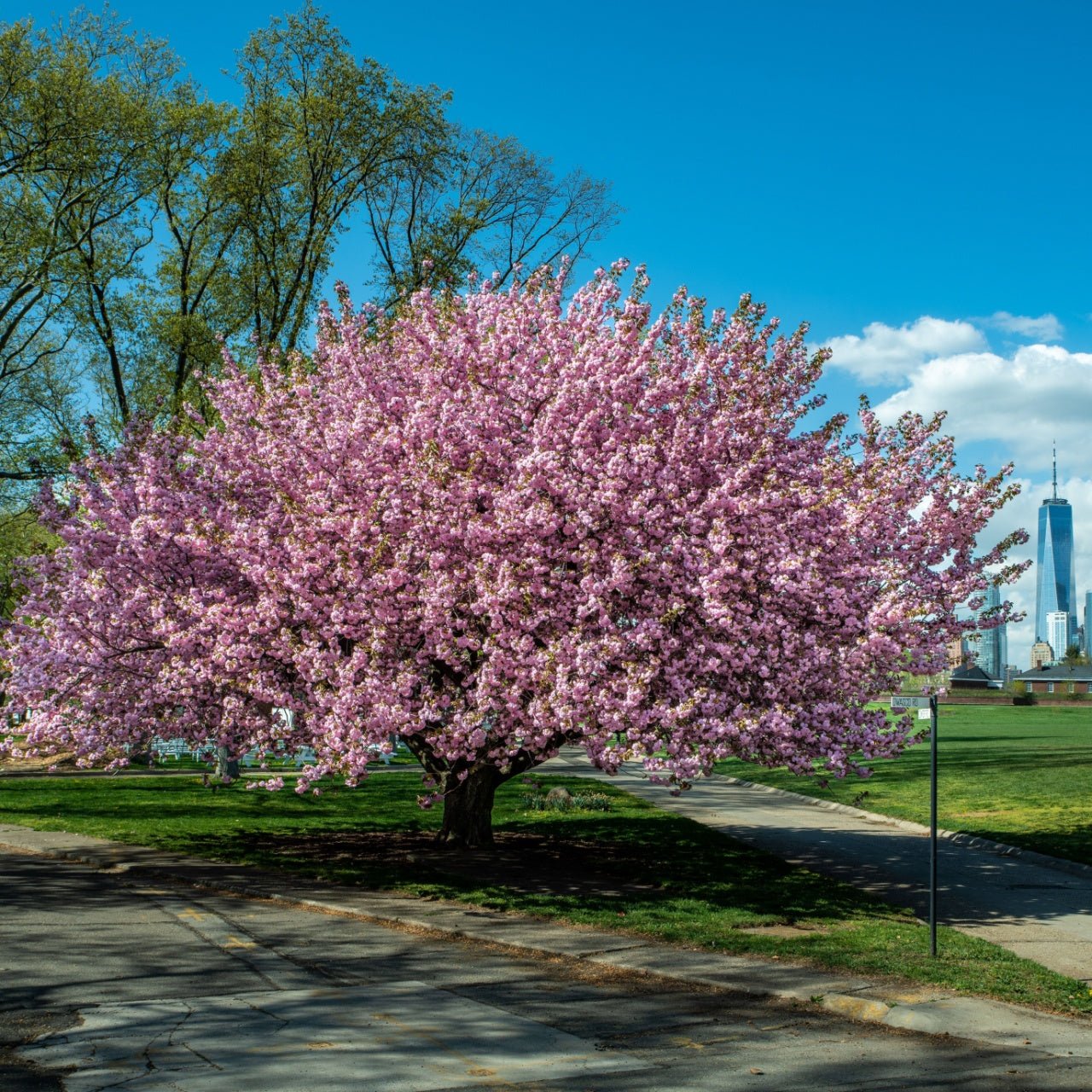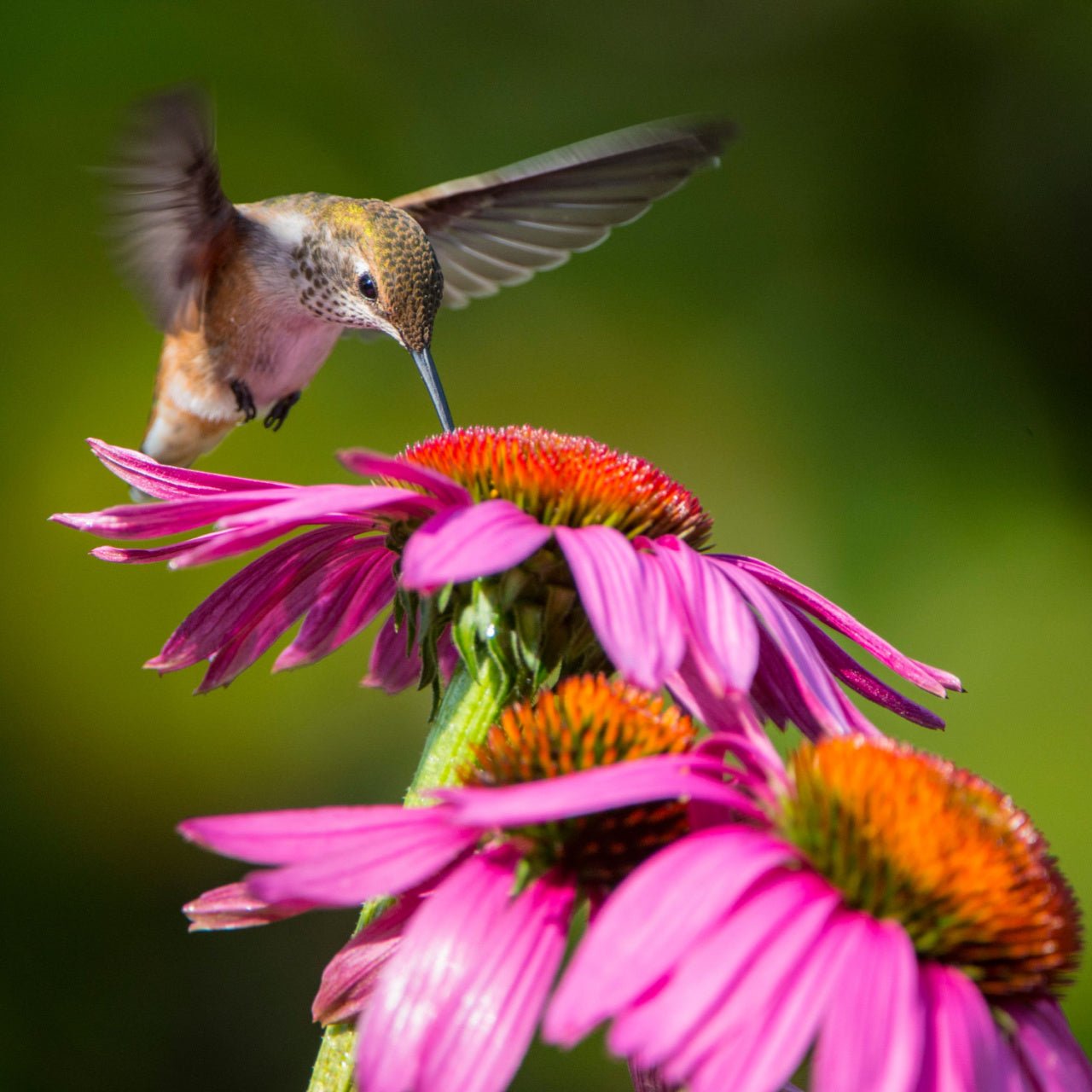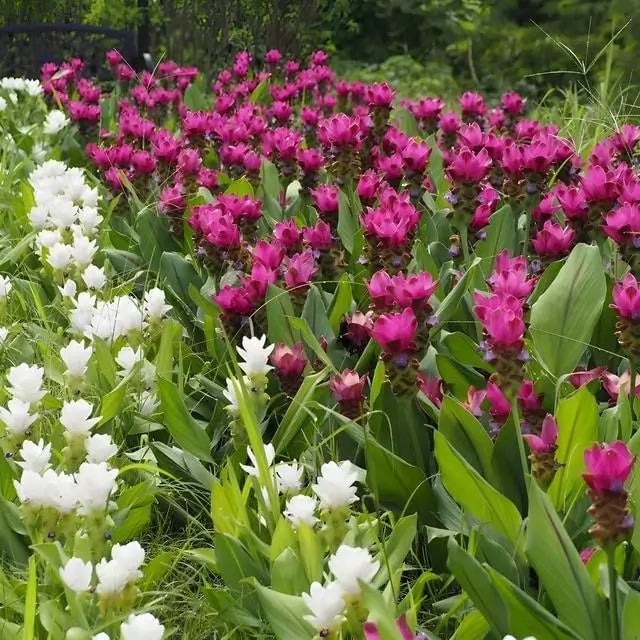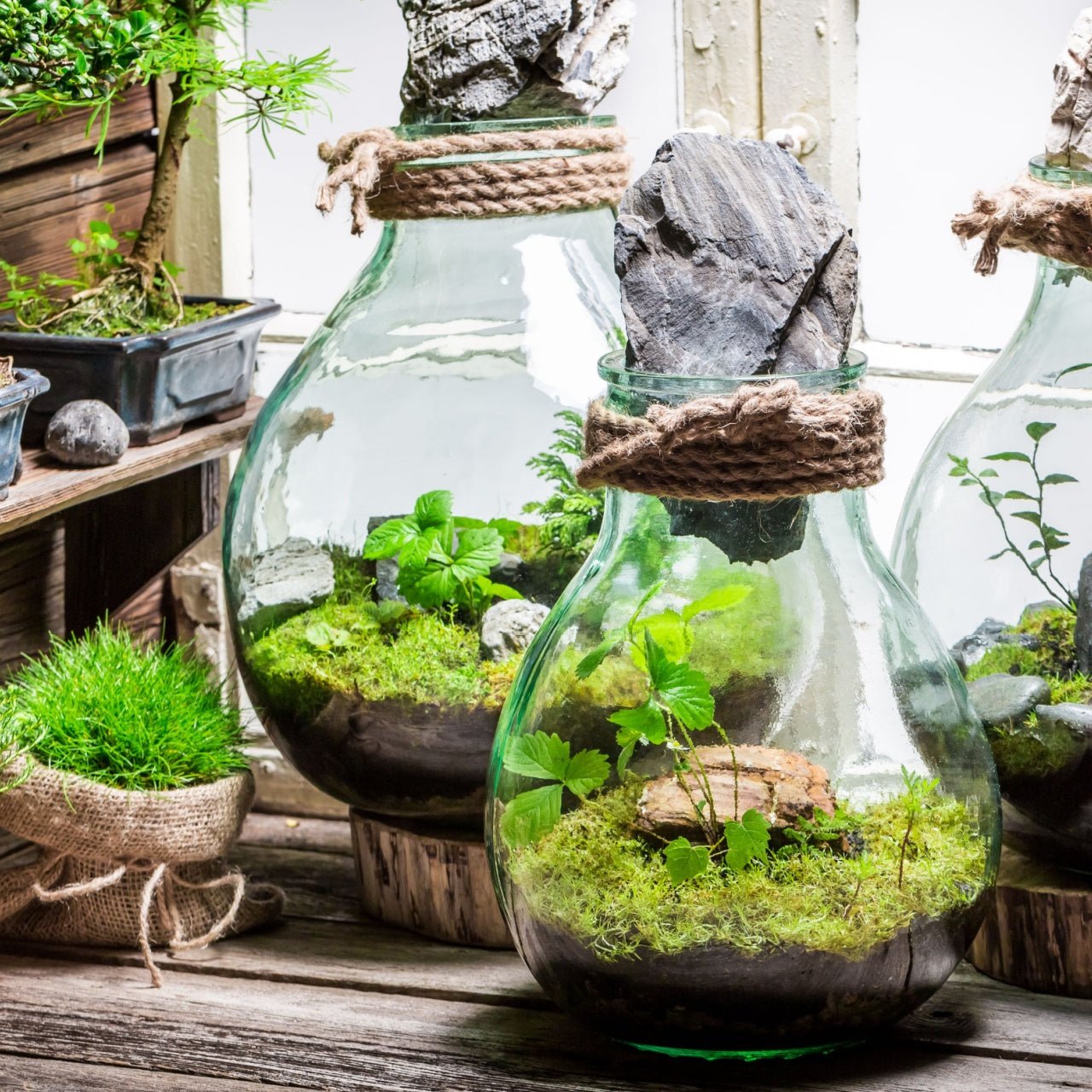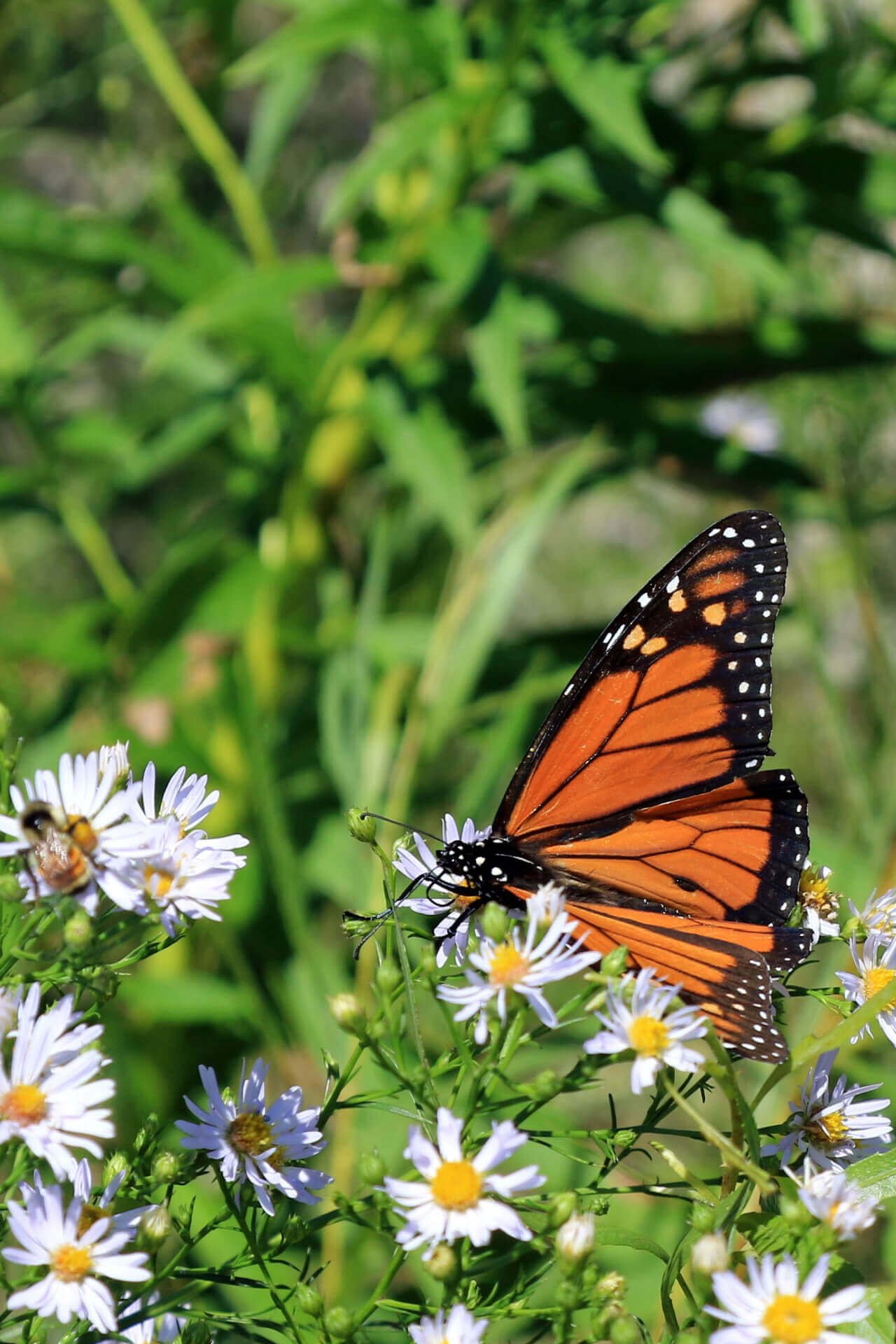



Fruiting Fig Tree | Ficus Carica
Thrives in Zones 6 - 10
Thrives in diverse soil types
Low-maintenance and drought-tolerant
Provides shade and ornamental appeal
Ships in
Ships Spring 2026Fruiting Fig Tree for Sale | Ficus Carica
The Fruiting Fig Tree (Ficus Carica) is an ancient organism, cultivated by humans for centuries. It is native to the Mediterranean and parts of southwest and central Asia. It is part of the mulberry family and is a woody, deciduous, spreading tree that can also be described as a shrub based on its multi-stemmed composition. The fruits of this tree are, of course, figs. Figs are edible, highly nutritious and delicious. They are eaten raw or dried, and commonly cooked into infinite dishes–savory and sweet–as well as used in jams, condiments and teas. This tree will be a great addition to your garden or yard, for its practical uses in the kitchen and its large, sprawling greenery.
Fruiting Fig Tree Plant Details
Family: Moraceae
Light Requirement: Full sun, Partial shade
Water Needs: Moderate
Height: 15-30 ft
Spread: 15-30 ft
Growth Rate: Moderate
Soil Preference: Moist, well drained, does not tolerate alkaline soils
Season of Interest: Summer
Fruit: Red-Purple-Brown Figs
Wildlife Value: Mutualism with wasps; insects, wasps, and birds eat the fruit
Notable Characteristics of Fruiting Fig Tree
The Fruiting Fig Tree has a unique pollination technique that works directly with wasps, in a process called mutualism, where both organisms need each other to survive. Tiny wasps live and lay their eggs inside the inedible, male figs, and in doing so, transfer pollen from one fig to another. When the wasp eggs hatch, the males and females mate and chew a hole through the fig so the female can fly off to another fig and lay her eggs, repeating the cycle. The males are flightless so they often die trying to crawl out. If a female wasp makes her way to a female fruit, the pollen is still transferred but she can’t lay eggs due to the stylus and will die inside. Wasp corpses are absorbed into pure protein by the fruit, but it is still possible to find tiny wasps inside your figs when you cut them open!
Landscape and Maintenance of Fruiting Fig Tree
The Fruiting Fig Tree grows best in full sun but tolerates partial shade. It thrives in moist, well drained soils of all kinds, but does not tolerate alkaline soils. The lush, green foliage is plentiful and its many, layered branches tend to grow just as far out as they do upwards. It can grow to reach 30 feet tall and wide, which is why it’s sometimes considered a shrub rather than a tree. Either way, if you have the space for this plant to thrive in your garden or yard, you will be glad you took a chance on it. It is lush, beautiful and you can’t beat its delicious fruits.
This Is How Your Plants Will Look upon Delivery

Height at Maturity
Under 25 Feet
Care
Brown Turkey Fig Trees thrive in well-draining soil and require regular watering, especially during dry periods. They should be pruned in late winter to promote new growth. Mulch should be placed around the base to maintain moistness and shield the roots from extreme temperatures. Fertilize the trees annually in early spring.
Plant Reproduction
Brown Turkey Fig Tree spreads by root suckers and seeds
Plant fruit trees in early spring or late fall when the weather is cool. Choose a sunny location with well-drained soil. Dig a hole twice the width of the roots and double as deep as the root system. When the tree is put in the hole, make sure the graft union (a noticeable bump where the tree was grafted above the rootstock) is above the soil line. Put dug-out soil around the tree roots, gently firmly remove air pockets, and water thoroughly.
Water young trees regularly, especially during dry spells, to establish a robust root system. Once established, water deeply and less frequently. Prune fruit trees yearly during the dormant season to remove dead or diseased wood, improve air circulation, and shape the tree for optimal fruit production. Fertilize in early spring and thin the fruit when necessary to prevent overbearing, which can stress the tree and reduce fruit quality.
Shipping date depends on the date displayed and chosen when you order from the product's page.
We do not accept returned plants. If you purchased an extended warranty we do accept claims, please navigate to the warranty page for instructions HERE





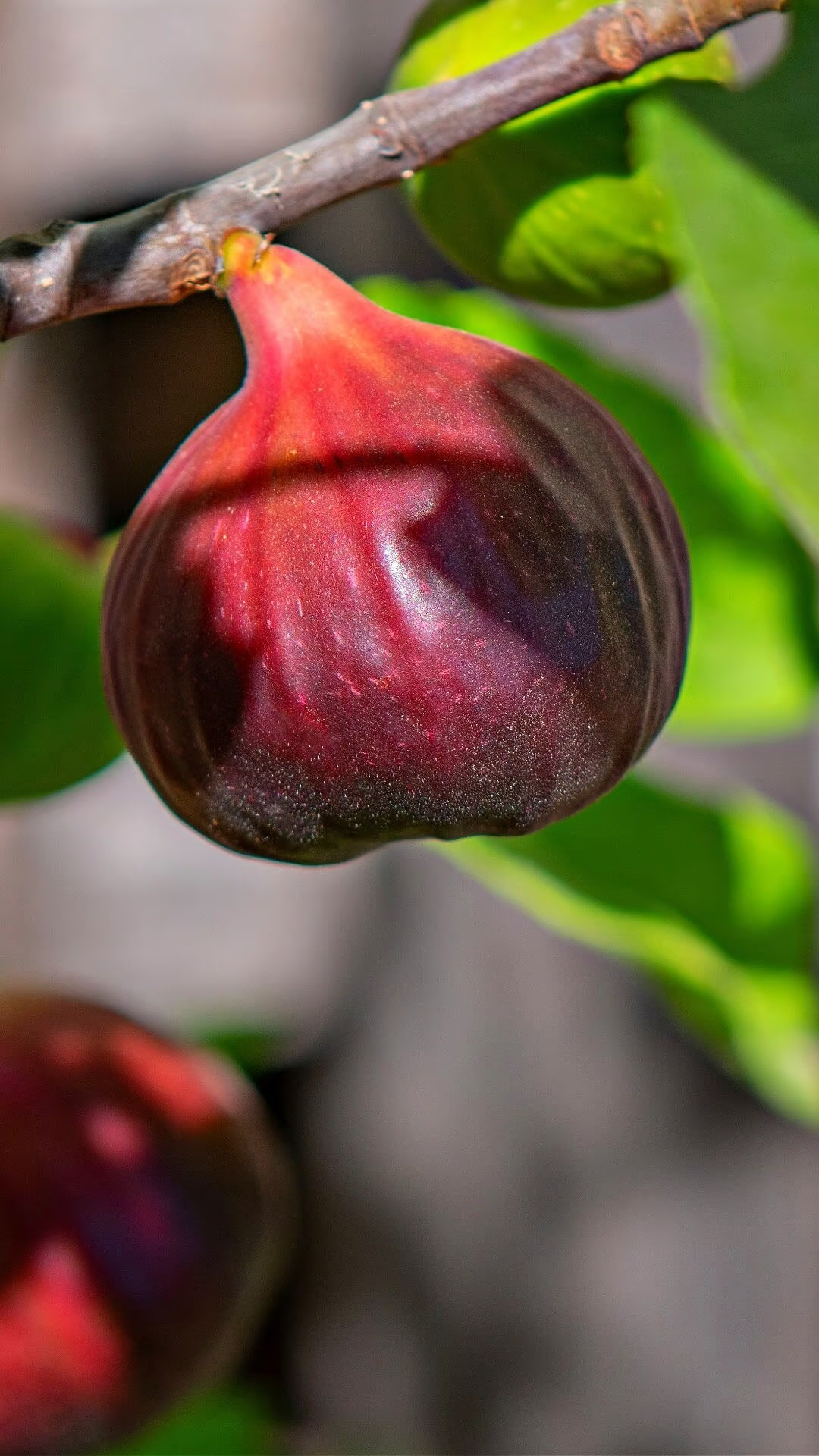
Deliciously Sweet Figs:
The Brown Turkey Fig Tree produces large, sweet figs with a rich, complex flavor. Perfect for fresh eating, baking, or making preserves, these figs are a treat for any palate.
Ample Shade:
The large, lobed leaves provide ample shade during hot summers, contrasting beautifully against its smooth, silvery-gray bark. This makes it an excellent choice for creating a cool, relaxing spot in your garden.
Sign of Good Fortune:
Its presence in gardens is often seen as a sign of good fortune and a connection to ancestral roots, enhancing its cultural value. Planting this tree can bring a sense of heritage and continuity to your outdoor space.
Enduring Charm:
The Brown Turkey Fig epitomizes the enduring charm and bounty of fruit-bearing trees, captivating with its verdant foliage and distinctive fruits. Its timeless beauty and practicality make it a beloved choice for gardeners.
Header
Use this content to share information about your store and products.
Frequently asked questions
Still have a question? Contact us here.
Yes, we ship all over the world. Shipping costs will apply, and will be added at checkout. We run discounts and promotions all year, so stay tuned for exclusive deals.
It depends on where you are. Orders processed here will take 5-7 business days to arrive. Overseas deliveries can take anywhere from 7-16 days. Delivery details will be provided in your confirmation email.
You can contact us through our contact page! We will be happy to assist you.









